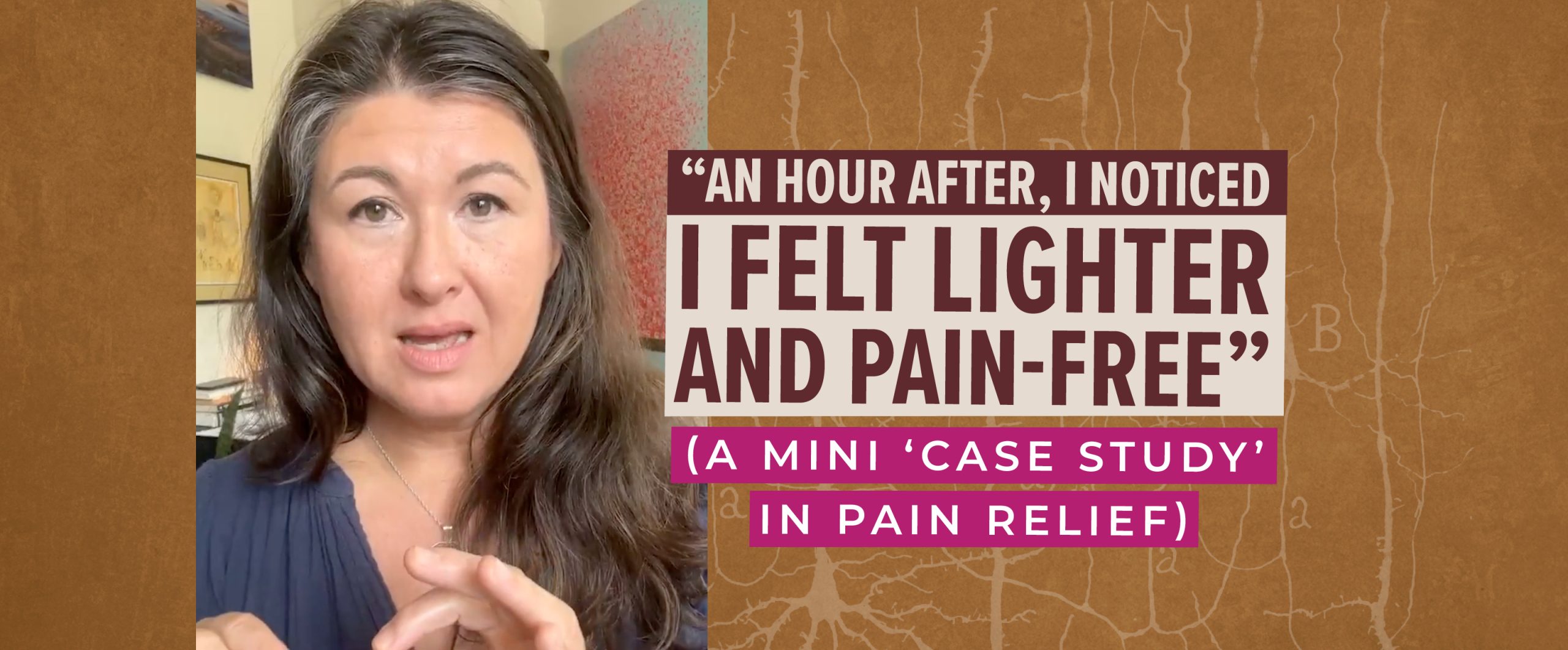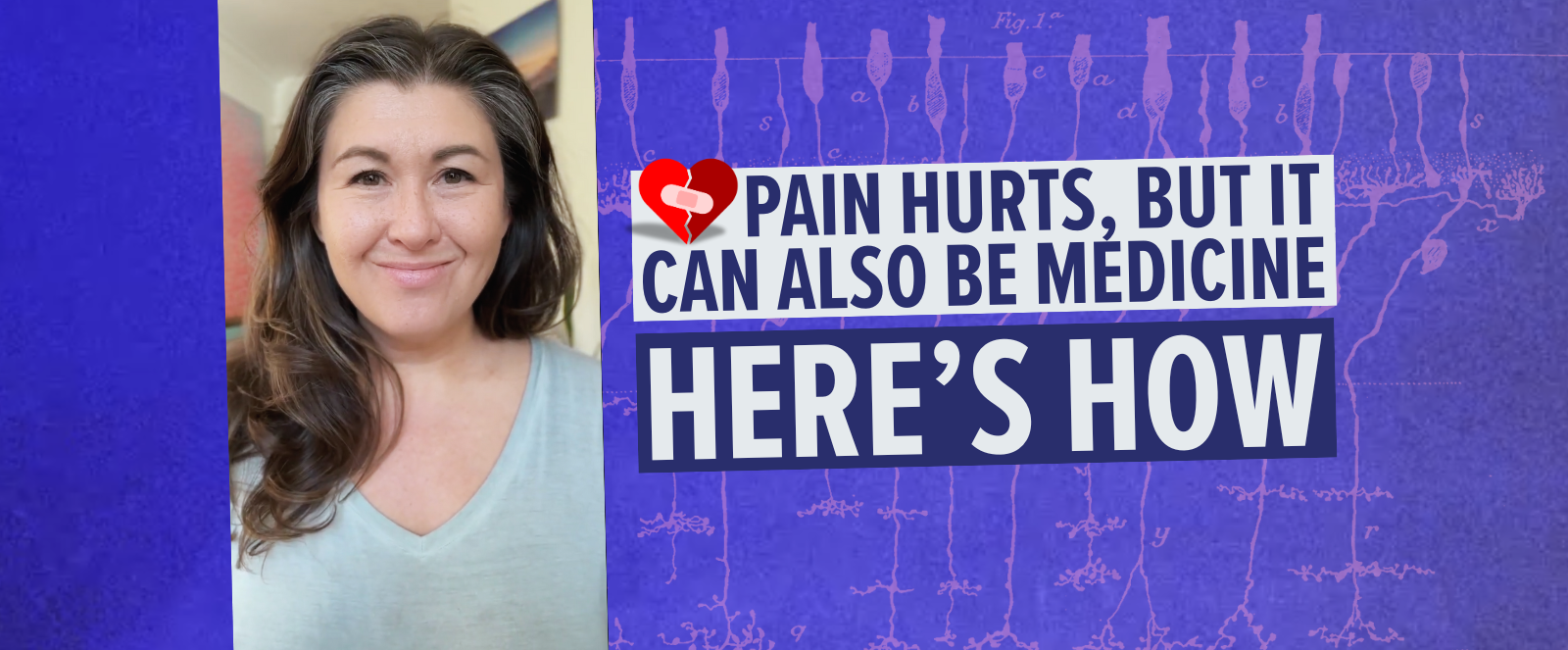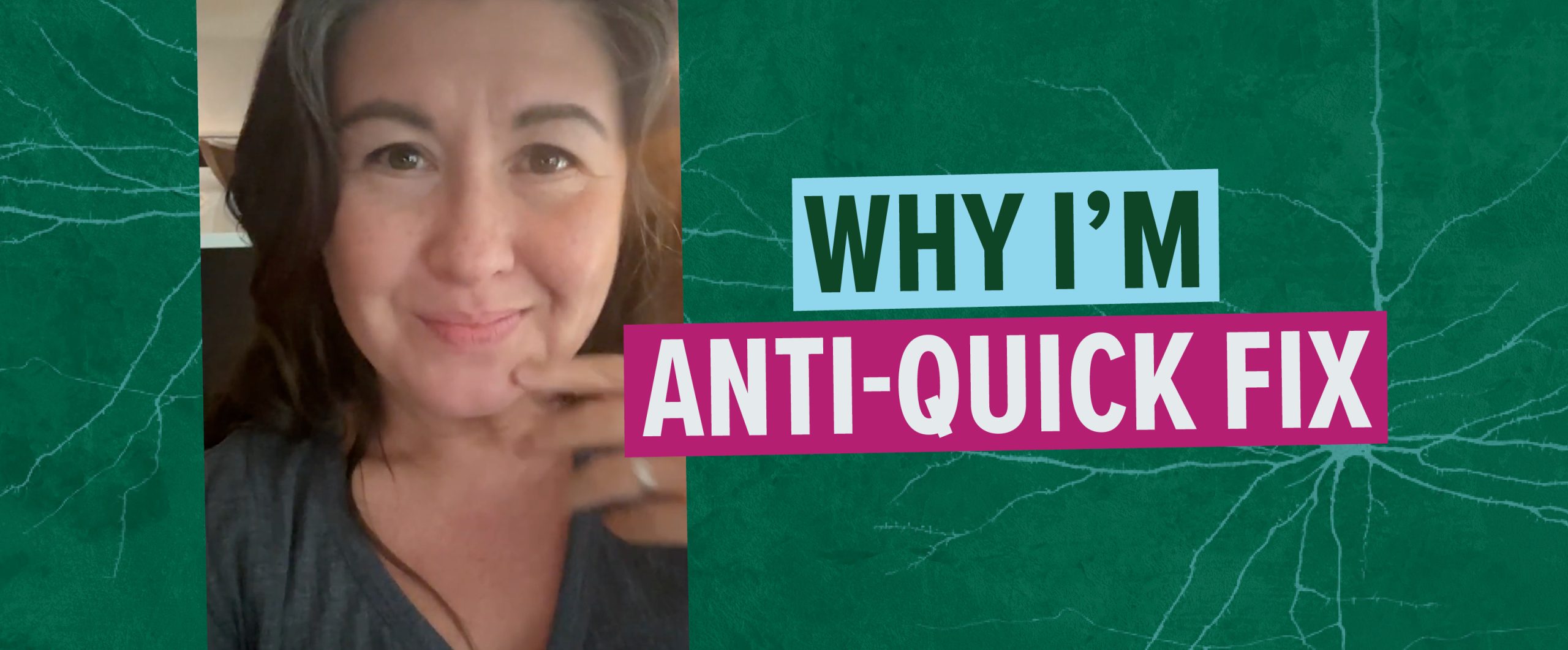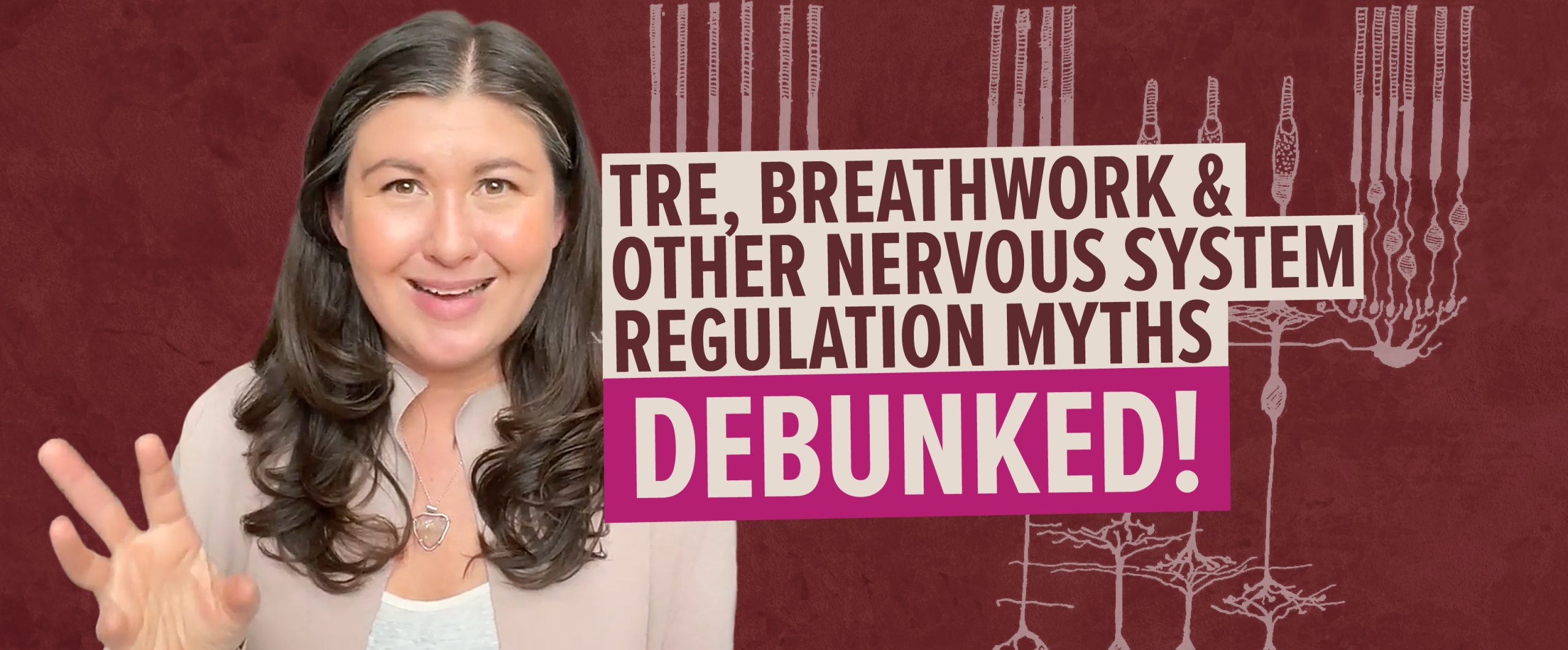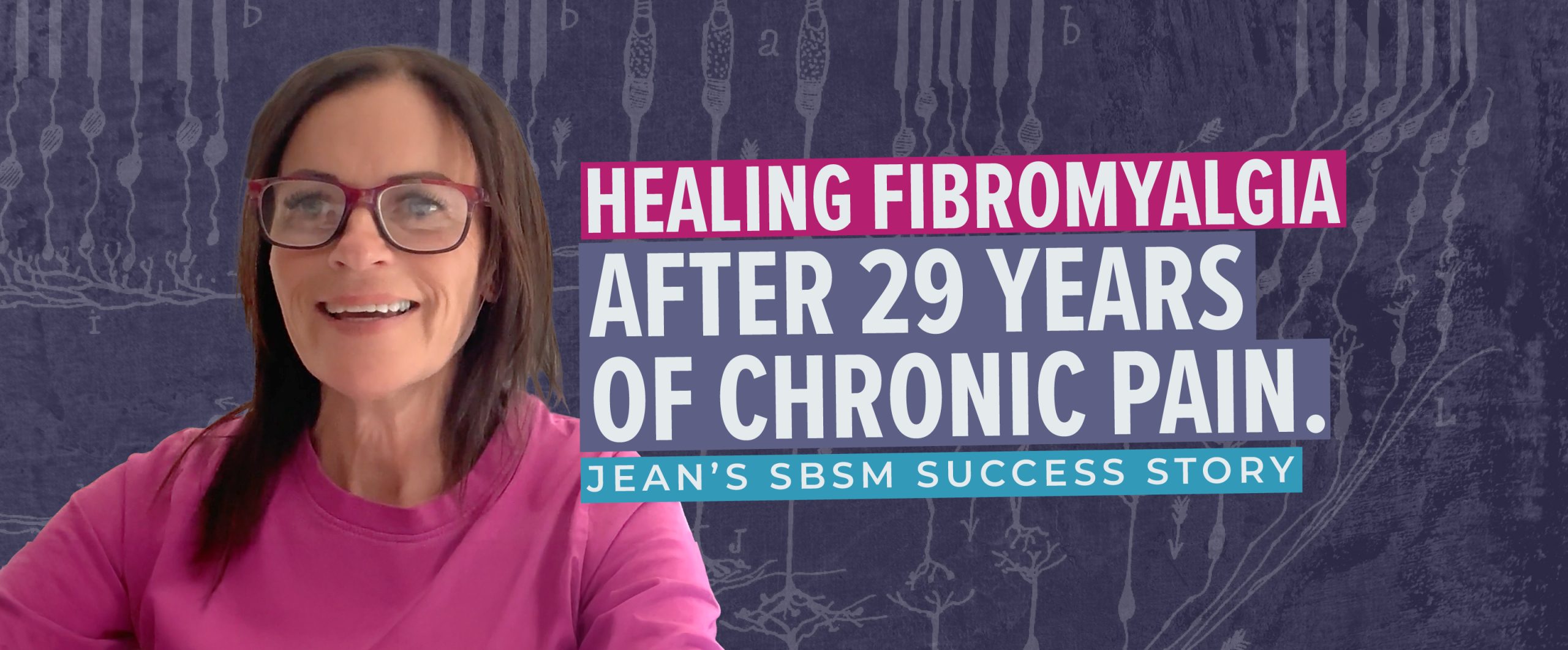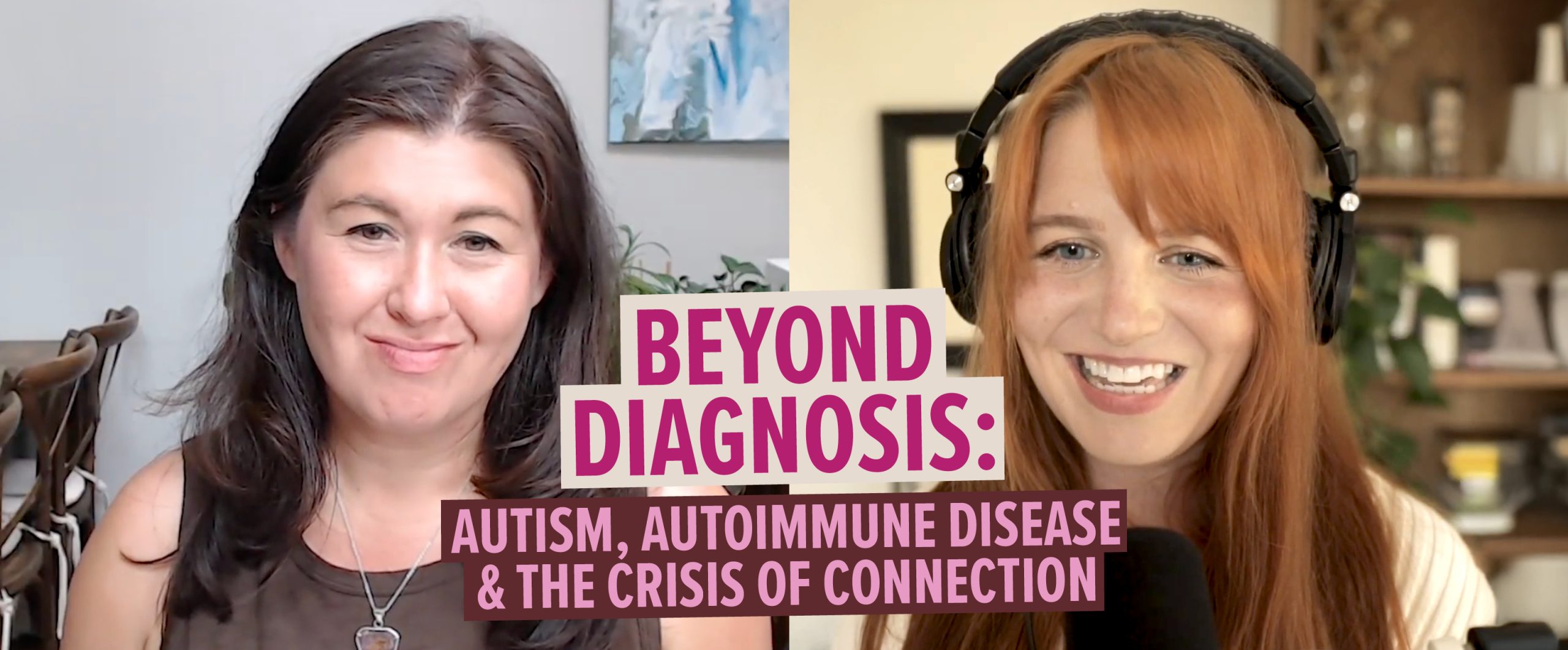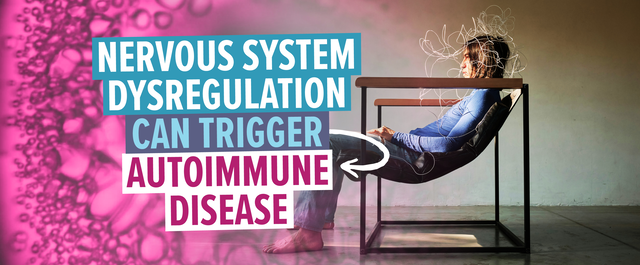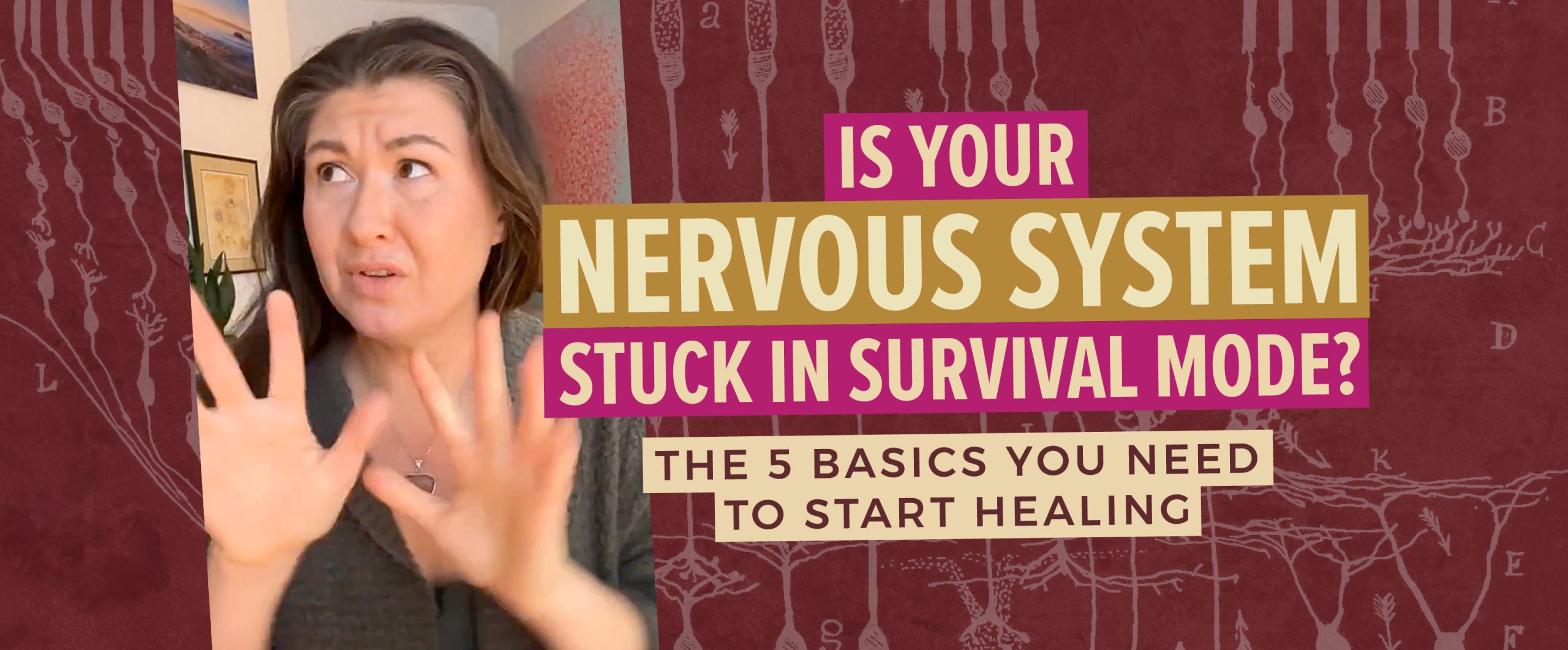Success stories come in many shapes and sizes. I could write an entire book about this specific story, but I’ll start with this…
At this time in my career, it was 2008 and I was just beginning to learn Somatic Experiencing, a body-based method of helping resolve traumatic events that stay stuck in the body.
Session 1:
I remember the first day I met her, let’s call her Grace (not her real name), and my first impression was that of a tiny little bird with broken wings. Timid, scared and unsure of me, or what I was about to do to her.
Grace started to explain the ailment she had been suffering from two frozen shoulders that had started to bother her about six months after a skiing accident in which she broke some ribs on her right side. She had been suffering from this debilitating condition for nearly one year and when she finally made her way into my office she (along with her physical therapist, massage therapist and exercise specialist) was at her wit’s end. Nothing was helping her release her stuck and frozen wings. She was no longer able to put on a bra, embrace her kids or comb her own hair. Life was becoming incredibly challenging and depressing for her.
We broke the ice with a bit of small talk; how was the day, the snow falling outside, did you find my place OK, where do you live, what do you do etc… All valid questions that not only break the ice, but give me some time to observe her demeanor and get clues about areas of her life that might be contributing to her pain. We proceeded with our first session by me asking her to lie down on my table. As she moved to lie on her back, she paused and her energy sparked up a bit and she looked at me straight in the eye and said, “You know, every time I lie down, I get dizzy and it just happened now.”
We explored this, and it took only one more movement of her lying down to realize that she held her breath in descent as if in anticipation and fright of what was about to happen. We worked on this and it was mind-blowing for her to learn this basic skill of bringing in oxygen at an easy pace when shifting to a supine (lying on back) position. Our first session was primarily based on this, and it sounds crazy or maybe too remedial, but it was absolutely necessary. It was our first session and it was the beginning of 18 months of work, often twice per week, that would lead both her and I into territory that neither of us would ever have guessed.
Sessions 2-20:
As Grace and I got to know each other, her timid nature gradually dissolved and her spunk and savvy nature really started to shine through. I learned she had done an astrophysics degree in university, was whip smart and currently teaching high school mathematics. Her life had been plagued by crazy cycles of eating disorders; hospitalized for anorexia, troubles with obesity etc… Food, as a general topic and idea, was not welcome in her world. Seizures had also been another health concern she had been living with, as well as medications for anxiety and psychosis. On top of this she divulged a very small piece of information regarding sexual abuse that occurred repeatedly throughout her childhood. A loving husband, two great kids and high devotion to spirituality had really been her saving grace for all the struggles that I’ve just mentioned, and over time, I began to put together the pieces around “why” her shoulders got so frozen after that skiing accident.
After all, I’ve broken ribs figure skating, fallen on my shoulders hundreds of times, but I have never suffered such intense immobility in my shoulders. What was going on with her was much deeper than just tissue requiring manual manipulation techniques and vigorous stretching. Sadly (and not at all the fault of other practitioners, but merely as a result of their limited lenses for seeing this kind of deep dysfunction), Grace endured therapies that might work for those with less trauma, but in her case, only made her feel the need to protect her precious body even more. For example, when we started to access more mobility and movement in her shoulders and arms, she would tell me the stories of the physical therapist trying to knead and break up the supposed scar tissues in her shoulders and all she could do was bear down, go red in the face, and silently cry.
As I learned more about her history, she learned a little more about me and my journey as well as some of my own personal struggles, and I felt allowing her to know a bit about me and my imperfections created a very safe container in which whatever needed to come through and to the surface could. Gradually we did work that involved her being comfortable with my touch and me moving her limbs without force or strain, but it was clear I was still working against a force greater than that of her conscious and voluntary control.
Session 20-40:
To provide a little context, when Grace was referred to me, my colleague who referred her knew about my recent interest in trauma and my capabilities as a Feldenkrais practitioner. My colleague said to me “there is something much deeper needing to be addressed here, but I just don’t have the skill to work with it. She needs more than rotator cuff stretches!” Up until this point, I was working mainly from a Feldenkrais perspective: gentle movement, addressing the entire person, nothing stressful, lots of empathy and care for her abused nervous system.
I had my observational goggles on the entire time (as I always do when I work with clients) and I was waiting for the right moment to suggest we play with something a little different. One day she came in very upset about a situation at work and was feeling bullied and ganged up on. She explained to me that often in such situations she simply “freezes” and doesn’t say anything, and keeps all her intense emotions inside and then spends the rest the day (or week, or year) steaming inside. On this day, I suggested we work with an exercise that helps to feel our own personal boundaries and also helps stimulate anger and aggression.
We stood in front of each other and I asked her to feel her inside sensations and thoughts that might naturally come up in relation to the incident of the day. Then I asked her to bring her hands up to a comfortable position that almost looks like you are about to do a push up, but you are standing. With her permission I asked if I could come up and place my hands against hers and then when she felt ready, I suggested she push my hands away (from her) very slowly. She hesitated, and had a look of uncertainty, almost as if I wasn’t being serious. I encouraged her with a deep sense of empathy, knowing her past troubles with being violated and not having control over what was done to her body, and ensured her that this was OK. It is OK to not be frozen. To move and to be strong. We completed this exercise a few times and with each time she became more strong in herself and in her knowing she has a right to show her feathers and her opinions. She felt a range of emotions and sensations within herself that I believe she maybe never had felt in her entire life. She was surprised of her strength and how good it felt to push me away. Most importantly, I sensed she was amazed that I didn’t shame her or put her down for exhibiting her life force. Tons of energy in the form of tingles in her arms and shoulders started to bubble up. Eventually her hands felt swollen, which I believe was her finally perceiving her hands for maybe the first time in their fullness. She also reported that they felt red hot, a sign that circulation and blood was finally flowing. At the end of this session, she could move her shoulders more than she had in years.
We were on the right track!
Session 40+:
Once I started to play more and more with helping her find her power and personal strength, she laughed more, colour came back into her cheeks, jokes started to fly and epiphanies began to occur. One day, she was lying on my table. We had just started our session and her arms were plastered next to her body. From my vantage point, it looked like she was tied up with rope. So I risked a question and went with what my gut told me to ask, “Grace, during the times when you were being sexually abused, at any point, were you tied up?”
Now, bear in mind, although I knew about her past abuse, we had never spoken directly about specifics; how old she was, who was the perpetrator, etc… It wasn’t until this point that I felt she had enough of her life energy back and could speak about her experiences without shutting down and feeling shame
She looked up at me with a sense that I should know this answer already and said, “Well of course I was tied up. To the bed, to the trees outside….!!”
I heard this answer, quietly processing how horrific this would have been for such a small creature and all the pieces fell into place instantly.
The skiing accident and the need to hold her arms so close to her body simply aggravated a very old pattern in her nervous system that was from these very early experiences of abuse. When a child, or any person really, but especially a child, is held or tied down, and not able to fight or flee, is helpless, the default survival mechanism is to freeze and immobilize the entire self for the sake of survival. This primitive survival system is necessary so we don’t feel the pain of the accident; it numbs us so we don’t die of shock.
With this new information we could actually work on a very critical piece of her history and help re-organize her body memory of those early experiences. The feelings of helplessness and having to freeze started to mobilize and she began to feel a sense of power and capability. I asked her if we could experiment with some of the memories from her past, specifically when she was restrained, and with those memories have her sense in her body at that very moment in my office what she noticed. The sense of submitting and not being able to fight back came through her, and then I asked for her to provide a different outcome of this event. I suggested she imagine how it would have felt to actually break free from the restraint and how inside of her body she would need to muster up the energy to do such a thing. Once she had this body sense on board, I asked permission to place my hands on the sides of her elbow area and then when she felt the highest point of readiness to push with all her might against my hands and I told her that is her cue to PUSH! She pushed and pushed and pushed and we repeated this a few times, always ensuring she stay present with me in the current moment and truly feeling the action at that very moment. A very important piece when resolving this type of information is that we never want a person to “check out” or dissociate due to the intensity being too much. I asked her to rest and simply settle into the table and feel the table under her, her internal sensory experience, and gradually to orient to the room and see her surroundings. Her arms were no longer being held strongly against her body and upon her standing up, the bulk of her shoulder restrictions were gone.
This is an amazing story and I leave out the countless hours we spent doing small little bits of work; learning how to sense tiny little elements of feelings, basic movements, and emotional heat towards other important life events. But the main key with this entire process is that I’m always holding the intent that “she has the capacity to heal and move those arms again.” Never once did we focus on the problem, but instead we focused on her capacity in life and how we could build it more and more to the point in which the safety mechanisms that she held tightly in her cellular make-up could disarm a little bit so as to believe in the possibility of life with energy, healthy aggression and goodness.
After we stopped working together, over a year later I met with Grace for tea at our local’s hangout and it was clear she was no longer that afraid, timid little bird with damaged wings, but a women with a purpose, passion and a renewed sense for life.

